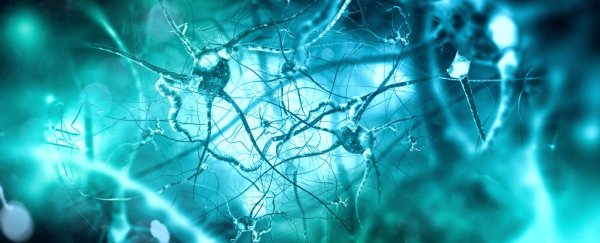The brain may not only control our thoughts and basic physical functions.
Recent studies indicate that it also controls the way our body responds to the threat of bacterial infections. It does this by boosting the production of a protective molecule called PCTR1 that helps white blood cells kill the invading bacteria.
Our body is in constant contact with bacteria. For the most part these do not pose a threat since we have evolved defence systems to keep these organisms at bay.
But in some instances, especially when the body's defence systems are weakened or fail, bacteria may invade, leading to infection and, in extreme cases, sepsis, which can result in death.
In the 1920s, a breakthrough discovery was made: the identification of the antibiotic properties of penicillin. The discovery paved the way to a new era in infection treatment.
With antibiotics, we no longer had to rely on our body to get rid of bacteria. Instead, we could give it a helping hand by stunting the ability of bacteria to replicate, thus giving our immune system enough time to clear them.
Penicillin was the first in a long list of antibiotics developed to tackle different types of bacterial infections.
However, over the last few decades, the ability of antibiotics to stop bacterial growth has become considerably limited and increasing numbers of bacterial strains are becoming resistant to antibiotic treatment.
The threat of antibiotics resistance has prompted the scientific community to seek alternative ways to deal with bacterial infections.
A very important molecule
To identify novel avenues to treat bacterial infections we turned our focus to the central nervous system (the brain, spinal cord and optic nerves), as several studies have implicated the brain in orchestrating more than just our thoughts.
In our study we found that severing the right vagus nerve in mice, for example, leads to a significant impairment in their ability to clear E. coli infections.
When we investigated the reason for this delay, we found a significant decrease in the levels of a molecule called "protectin conjugate in tissue regeneration 1", or PCTR1 for short.
PCTR1 is part of a group of molecules called specialised pro-resolving mediators that control how our body responds to inflammation. It is produced by white blood cells from a fish oil-derived essential fatty acid called docosahexaenoic acid.
We also found that the decrease in PCTR1 reduced the ability of macrophages – a type of white blood cell – to kill E. coli.
We then investigated how the vagus nerve regulates PCTR1 production in the abdominal cavity of the mice, where this nerve is known to regulate white blood cell behaviour during inflammation.
Here we found that the nerve releases a neurotransmitter called acetylcholine which then instructs another type of immune cell (innate lymphoid cells) to increase production of PCTR1. This in turn regulated macrophages' ability to find and kill bacteria.
When we injected the mice with the severed vagus nerve with PCTR1, we found that it restored the ability of peritoneal macrophages to get rid of the bacteria as well as dampen the subsequent inflammatory response, accelerating the bacteria's termination.
These results are expected to have wide-ranging implications in the fight against bacterial infections, especially in light of the alarming rate at which bacteria are becoming resistant to antibiotics.
This is because these findings demonstrate that we can give our body a hand by using PCTR1, and related molecules, to enhance its ability to clear bacteria during infections, reducing our reliance on antibiotics.
Jesmond Dalli, Senior Lecturer, Queen Mary University of London.
This article was originally published by The Conversation. Read the original article.
![]()
